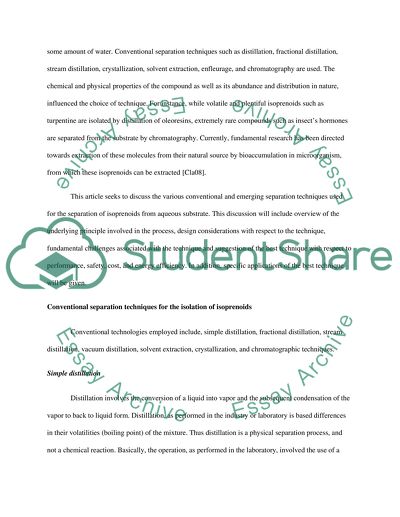Cite this document
(“Separation Strategies for Isoprenoids from Aqueous Solutions Term Paper”, n.d.)
Retrieved from https://studentshare.org/environmental-studies/1420491-separation-strategies-for-isoprenoids-from-aqueous
Retrieved from https://studentshare.org/environmental-studies/1420491-separation-strategies-for-isoprenoids-from-aqueous
(Separation Strategies for Isoprenoids from Aqueous Solutions Term Paper)
https://studentshare.org/environmental-studies/1420491-separation-strategies-for-isoprenoids-from-aqueous.
https://studentshare.org/environmental-studies/1420491-separation-strategies-for-isoprenoids-from-aqueous.
“Separation Strategies for Isoprenoids from Aqueous Solutions Term Paper”, n.d. https://studentshare.org/environmental-studies/1420491-separation-strategies-for-isoprenoids-from-aqueous.


